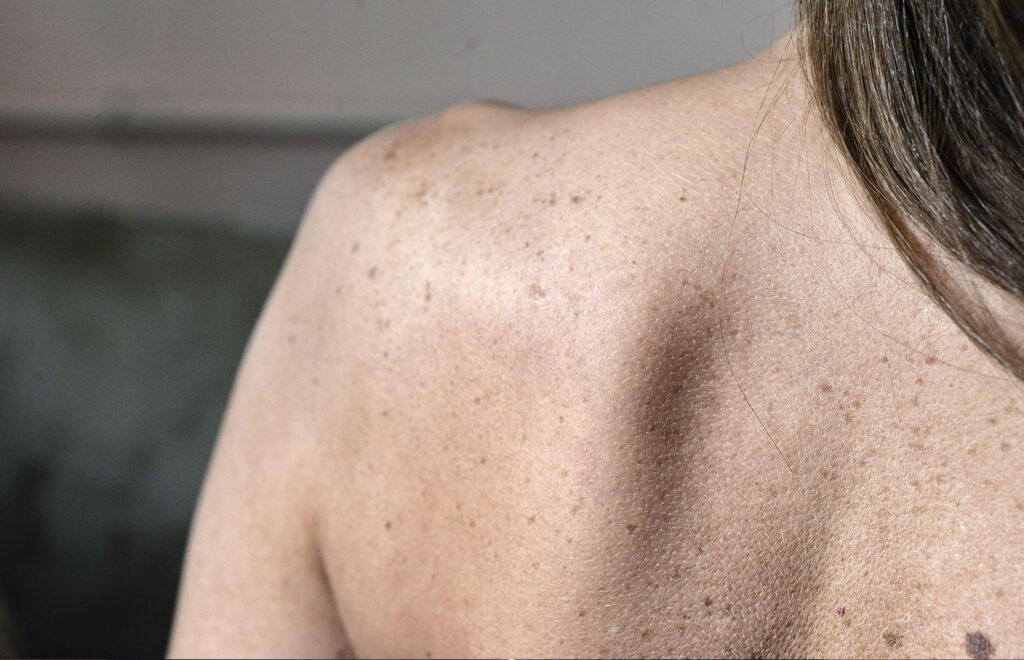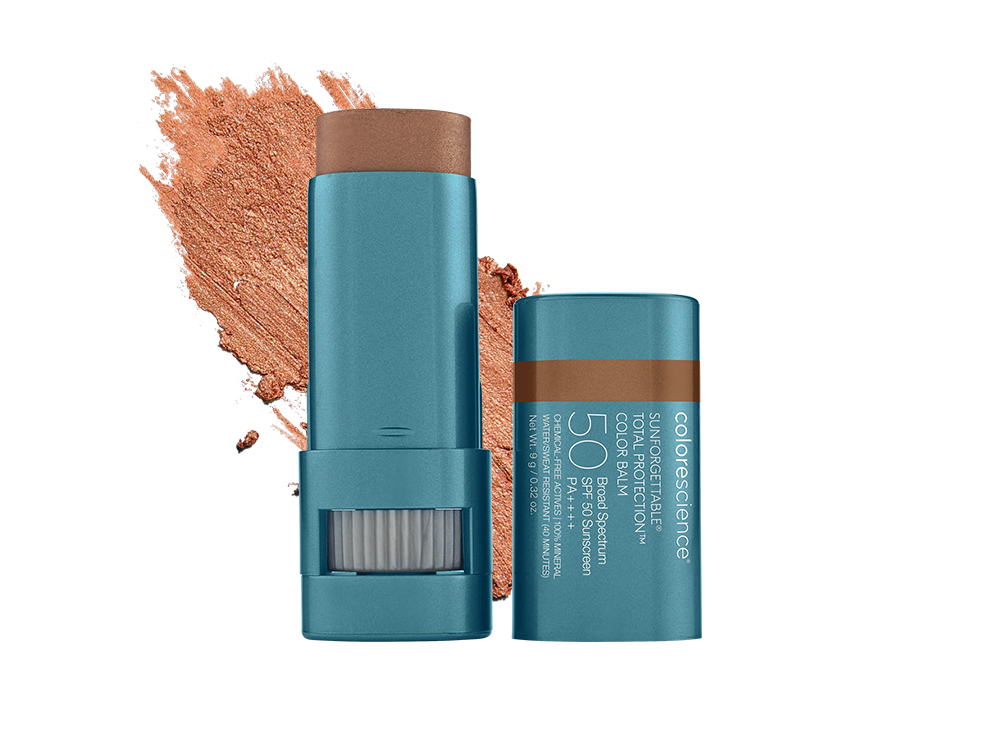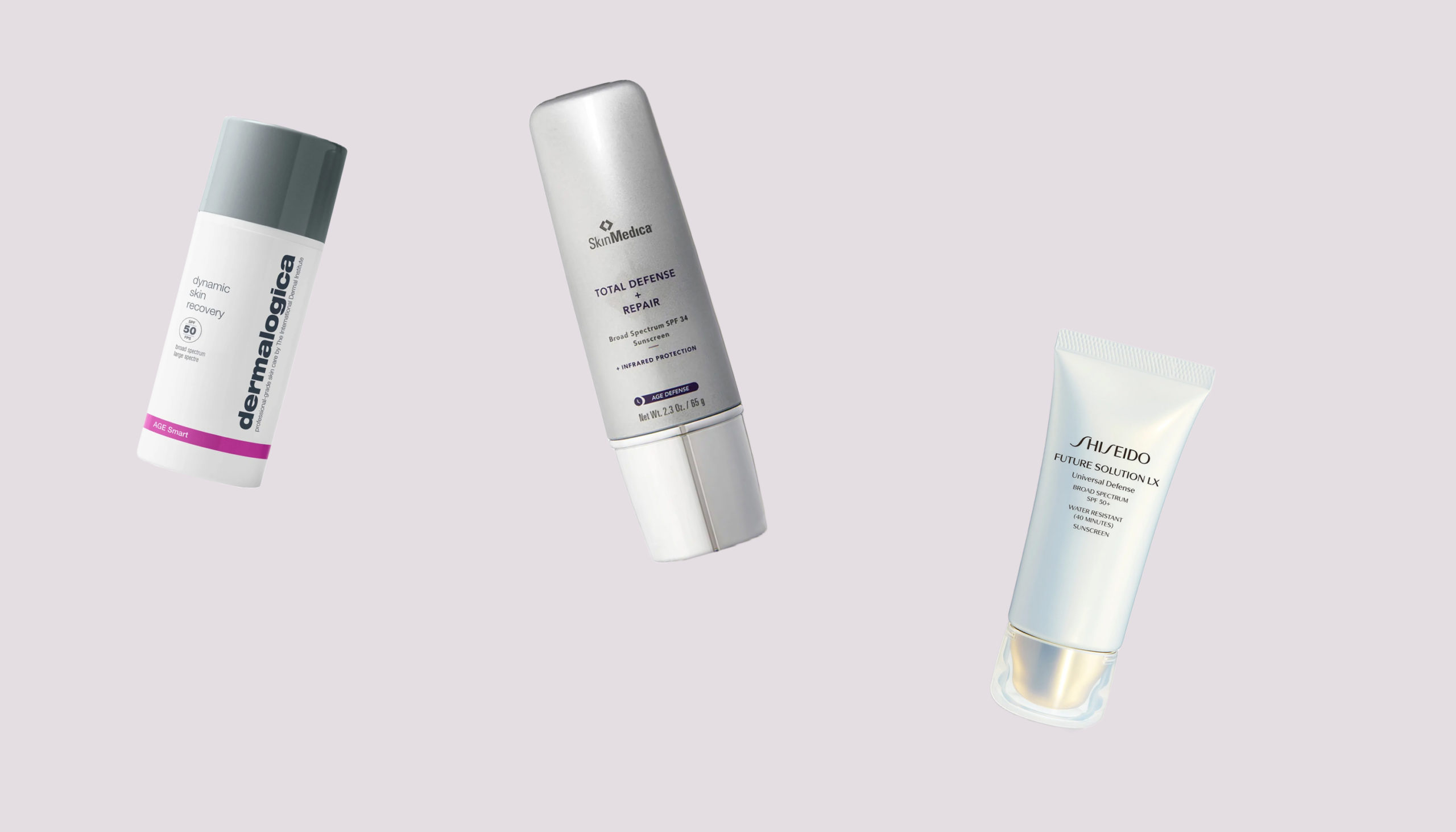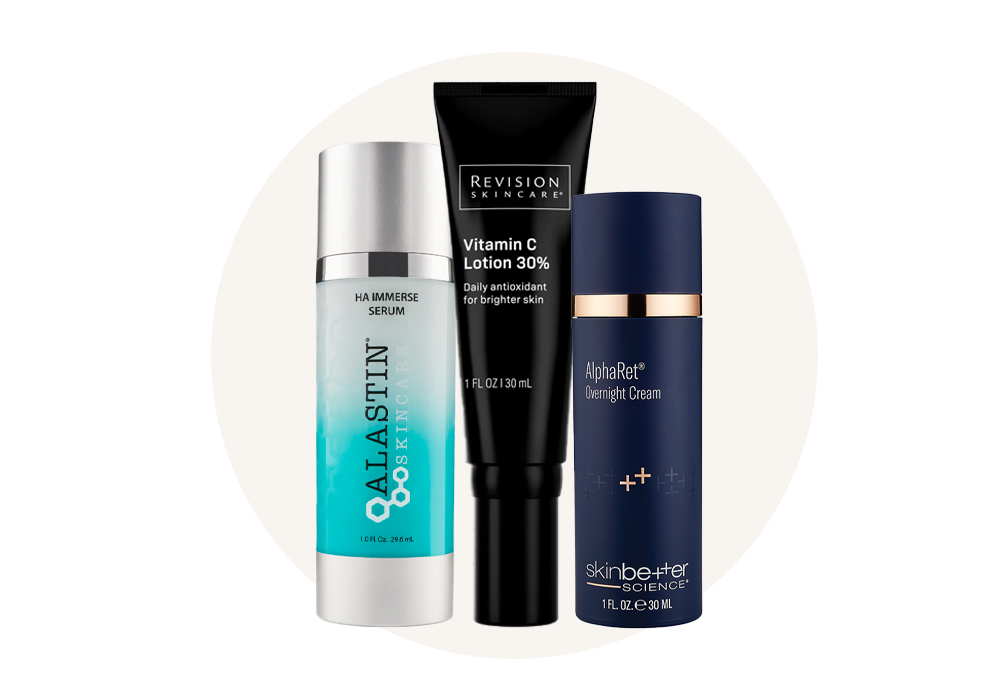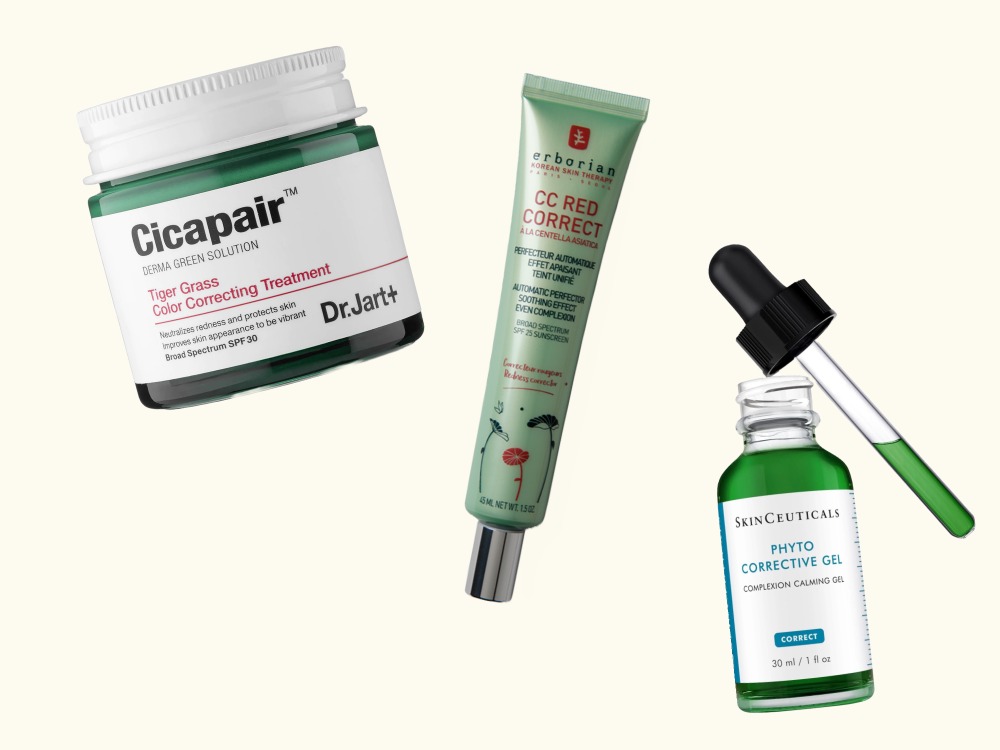With the second highest rate of new skin cancer cases in the country, right behind Utah, Florida has experienced a troubling rise in cases and a higher rate of deaths. According to the EPA, more than 600 Floridians die annually of melanoma, and that number has more than doubled since the 1970s.
Melanoma is not as common as other kinds of skin cancer, like basal cell carcinoma, but it is known as the most serious for its ability to spread to other organs. While the estimated 5-year survival rate for melanoma is excellent at 99%, that expectation drops sharply when melanoma is discovered later.
According to The Skin Cancer Foundation, around 8,000 people will die of melanoma in 2023. That means that Florida’s deaths alone account for roughly 8% of all melanoma deaths in the country.
This news comes after the Florida legislature rejected full insurance coverage for skin cancer screenings, which would make them free. The bill, a bi-partisan effort, died in the Florida Senate this July, and lawmakers plan to reintroduce it in the next session.
Florida dermatologist and Republican Representative, Ralph Massullo, MD proposed this bill to remove barriers for patients. He told the Sun Sentinel that removing barriers to screening, like co-pays, could save lives. “Skin cancer is one of the easier cancers to cure if caught early,” Massullo says, “If caught late, particularly with melanoma, it can expensive to treat, and deadly.”
Florida Democratic Representative and co-sponsor of the bill, Marie Woodson, promises to bring the legislation back next year. “I don’t see why we could not see the importance of this in the bill and move it forward to take it to the finish line,” she says. “We need to make sure that we have measures in place.”
Why is Skin Cancer on the Rise?
It’s true that since the 1970s, the rate of skin cancer diagnoses has exploded, but is that because we’re getting more skin cancer?
Awareness campaigns and early screenings have heavily contributed to the number of new skin cancer cases—so, you could say one reason we’re finding it more these days is because we’re looking.
Another big factor is an aging population. We become less able to fight cancerous mutations the older we get. These days, life expectancy is high and the Baby Boomer’s large generation is smack in the middle of old age. That large population means more incidents of skin cancer.
This age bracket of patients is also more likely to develop these kind of cancers due to their sun habits in youth. While awareness campaigns have been largely successful in communicating the risks associated with UV exposure, many older folks got their sun damage when they were young. The consequences of that exposure don’t arise until much later in life.
The good news is that we know sun protection works. Rates of skin cancer have continued to fall for adults 30 and younger, according to the American Academy of Dermatology.
Skin Cancer Early Signs: The ABCs
Early detection greatly improves the outcome of skin cancer, and you can perform your own self-screening between annual checkups. Below, you’ll find the top warning signs for potential skin cancers. You can check out our full list of sun safety tips here.
• Asymmetry, where one half of the mole is unlike the other half
• Borders that are irregular, ragged, notched or poorly defined
• Color that varies from one area to another, in shades of tan and brown, black, sometimes white, pink, red or blue
• Diameters that are the size of a pencil eraser or larger
• Elevation, when a mole or skin lesion is raised and/or has an uneven surface
